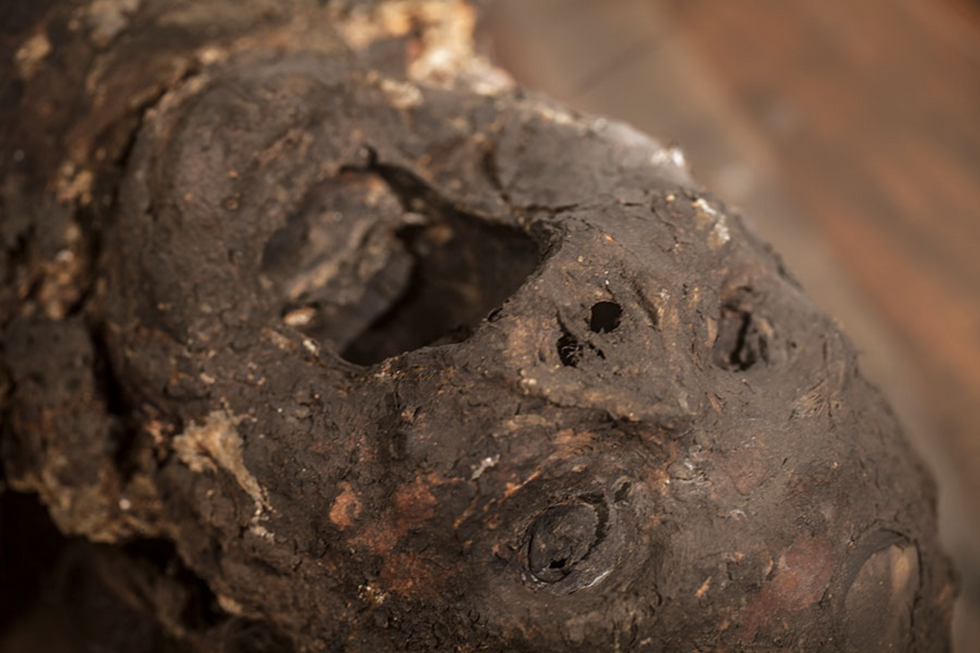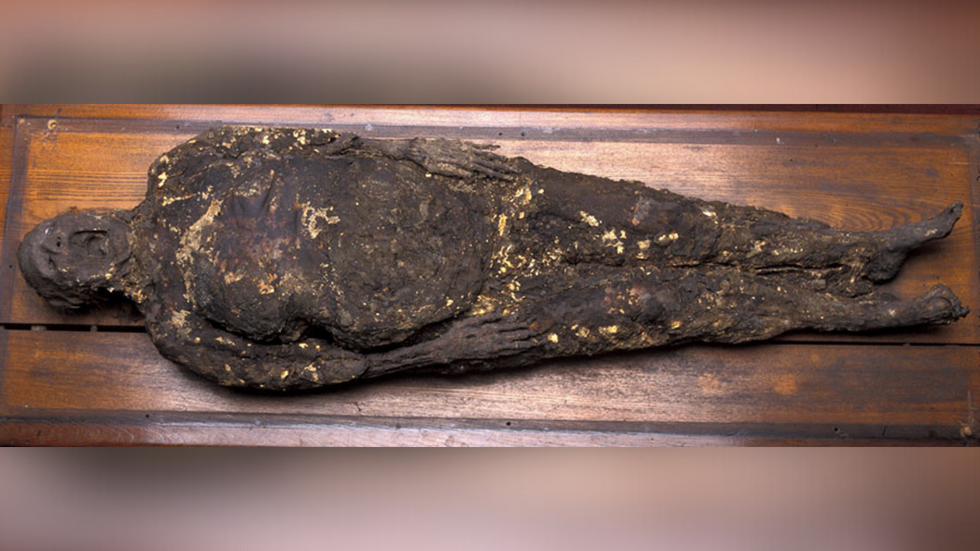WATCH: Military unit rescues people as several bodies found in flood-hit areas of southeast Spain
GB NEWS
Police sources said the corpse had undergone 'saponification', a chemical process in which body fat turns into a form of soap
Don't Miss
Most Read
Trending on GB News
A headless body which has been turned into a "soap mummy" has been found by police on a popular tourist beach in Spain.
The corpse was found by officers patrolling the shore around Fuengirola, on the Costa del Sol - who, according to Spanish outlet Sur, believe the body was in the water for some time.
Further reports state the body was found in an "advanced state of decomposition", and was wearing a wetsuit.
Spanish emergency services had fielded "several calls" late on Wednesday night about the corpse, said to be lying on the sands by a popular beach walk, the Paseo Maritimo Rey de Espana.
Local police initially came to the beach - but the investigation has since been taken up by Spain's national police.
For the moment, no hypothesis has been ruled out, Sur reports, as investigations continue.
As things stand, a panel of legal officials and a forensic doctor are overseeing an autopsy, which will shed more light on the case and try to identify the body, which was in a state of "saponification", police sources said.
A University of Pennsylvania museum report by Anna Dhody details how saponification - or becoming a "soap mummy" - works.
READ NEXT:

Mrs Ellenbogen's saponified body is preserved at the Mutter Museum of the College of Physicians of Philadelphia
PENN MUSEUM
First, the body undergoes chemical changes that transform body fat into a substance called adipocere.
The substance is a byproduct of decomposition - an organic material, with the "consistency of semi-hard cheese and a soapy, waxy texture".
Also known as wax or corpse wax, adipocere forms best when a corpse sits in an oxygen-deprived and basic pH environment like water.
The Penn Museum report details how the process happened to "Mrs Ellenbogen" - whose saponified body is preserved at the Mutter Museum of the College of Physicians of Philadelphia.

The corpse's body fat is transformed into a substance called adipocere in the right environment
PENN MUSEUM
"When a body is exposed to these particular environmental conditions, a chemical reaction occurs in which the fat undergoes a type of hydrolysis, forming fatty acid salts and other materials that make up the adipocere," Dhody writes.
"During the adipocere formation, the water from the soft tissue is extracted, eventually making the body inhospitable to further bacterial decomposition.
"The adipocere is also not palatable to the types of insects that usually consume decomposing tissue so these bodies are left relatively intact."








